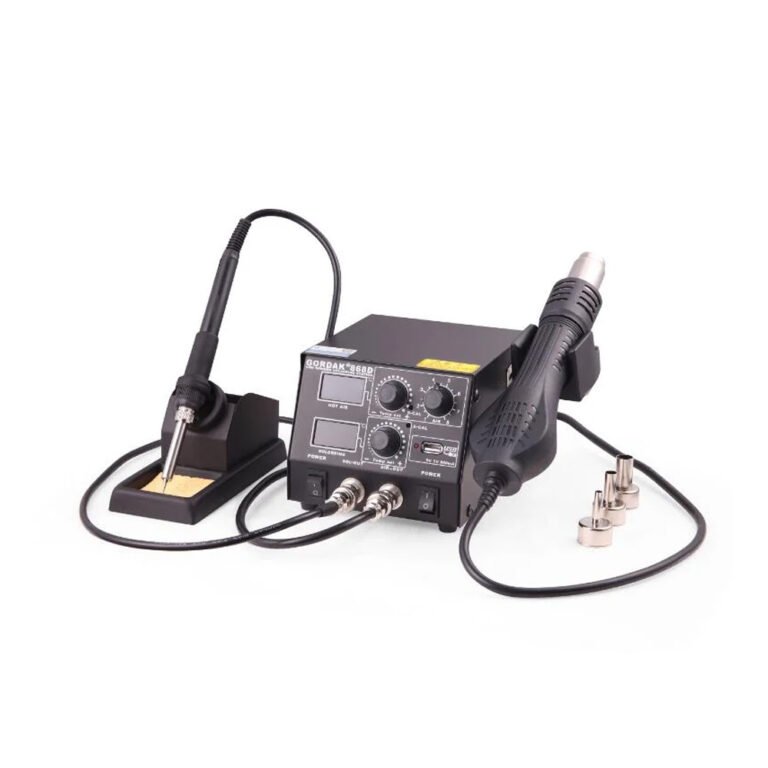Have you been struggling to make the most of your soldering projects? Or perhaps you are just looking to get started with soldering and want to ensure you’ve got the necessary skills and knowledge in place first to help.
Whatever the case might be, today, we’re looking at some of the most common soldering problems you should know about to help you decide how to approach these (and how to fix the issues, accordingly).

5 Soldering Problems and How To Fix Them
Soldering can be a somewhat daunting task, and with this in mind, it can be easy to fall into a few common traps. Nevertheless, there are several easy steps you can take to help ensure you solder correctly and without making a mistake, and below are just a few of the most common issues you should be aware of.
#1 Disturbed Joints
Disturbed joints can be among the more common issues when soldering. These occur when the components or materials being soldered are moved while the solder is setting, which can cause the surface of the solder to appear rough; the displaced solder may also prevent a proper bond or connection from forming. Luckily, this can be prevented by ensuring parts are held tight while the solder is setting, and if needed, such problems can be repaired by reheating and carefully moving the solder into place.
#2 Solder Starving
“Solder starving” is an issue that arises due to too little solder being applied to the components; as such, poor or weak connections are made. This might result in insufficient electrical contact and poor joint strength, also leading to stress cracks over time. In order to correct this issue, re-heating the joint and adding a small amount of additional solder can potentially help by creating stronger bonds, instead.
#3 Cold Solder Joints
It’s easy to make a mistake with temperature when soldering, and cold joints are often formed when the soldering iron simply isn’t at the right temperature to begin with. This can prevent the solder from melting or flowing efficiently, which can in turn lead to poor sold placement or amounts. In turn, this can often leave a rough or unfinished look, and the solder may not form a strong bond, impacting the final results of the soldering work.
#4 Overheating
Opposite to leaving the solder too cool, overheating can also be a major issue – often one of the more extreme problems one might face when soldering, in fact. In many cases, high temperatures can scorch or burn the components and materials, leaving a burnt residue behind that is known as flux. Fortunately, such issues can potentially be fixed carefully with an isopropyl alcohol solution; however, more serious burns may need to be carefully scraped off, which can cause damage in itself.
#5 Solder Bridges
As a final issue to keep in mind, applying too much solder in close proximity to another solder joint can lead to solder bridges. This can create an unintended connection, resulting in short-circuiting or even complete inoperability, depending on the nature of the part and the severity of the solder bridge. As such, taking care to prevent this is hugely important; if you do experience any solder bridges, these may need de-soldering and fresh solder.
If you have further questions, feel free to contact us at info@gordakelec.com.



